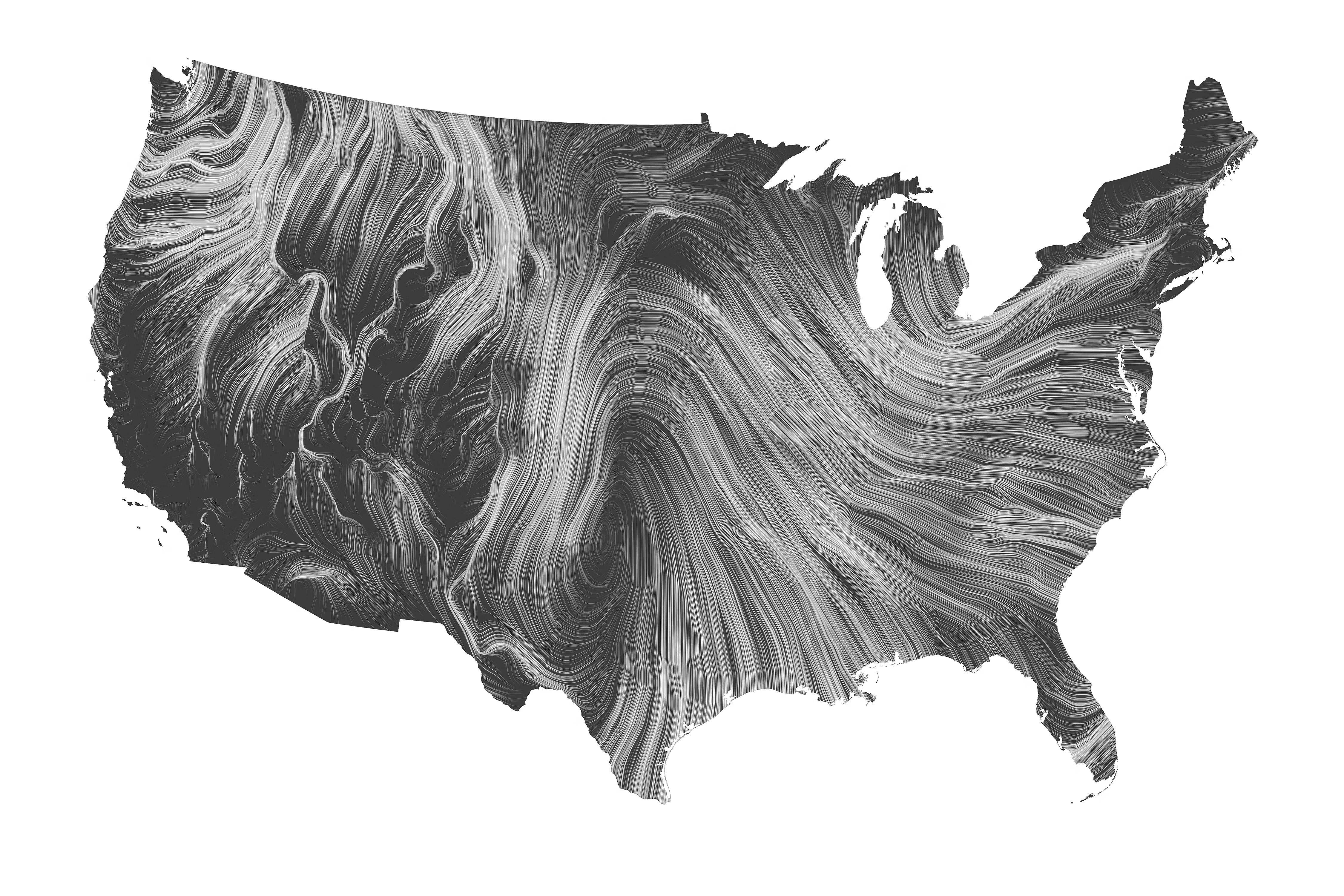
A Curatorial Perspective on Two Objects
These two works exemplify the diversity of approach to visually expressing data. Data visualization scientists and designers Fernanda Viégas and Martin Wattenberg created the Wind Map to convey real-time wind data in an aesthetically pleasing way. The purpose of the map is to present an image in service to useable data. Storm Prototype No. 4, by artist Iñigo Manglano-Ovalle, conveys sculpture that is created with data (the form is a model of 3D data of thunderclouds). While it is not useable data in the practical sense, the work transcends the issue of climate change and natural weather phenomenon to capture the experience and feel of these immense forms that hover over land. Both works are informed by data in creating an aesthetic experience and overlap in being considered as aesthetic objects. However, the artists and designers convey data in very different ways.
ArtCenter College of Design
1700 Lida Street, Pasadena
WED-SAT:12-5PM


Discussion Questions
- What does it mean to live in the age of Big Data? How has it permeated into our cultural moment?
- Does your data generate a story? What can data visually look like?
- How would seeing data beyond numbers and charts change or alter the way we understand this medium?
- Artists in this exhibition highlight the power dynamics of data when it is seen or unseen (invisible.) What would be considered as invisible data and what are the implications of it not being seen?
Bibliographic References